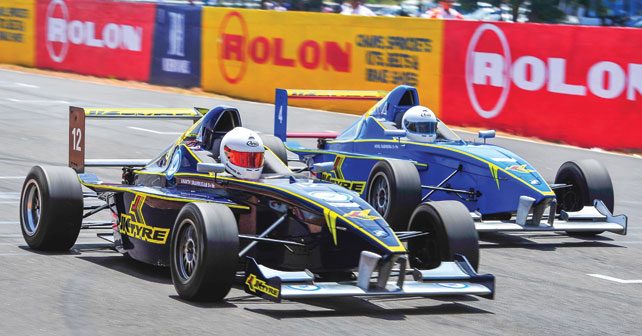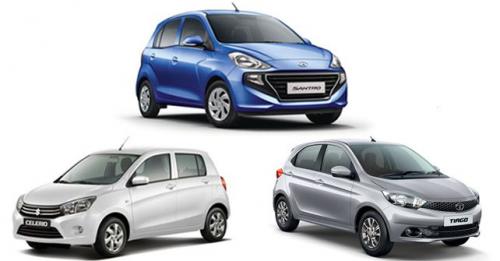The biggest strength of the JK Racing India Series lies in the marketing efforts undertaken by promoters JK Tyre and Volkswagen.
The combined marketing forces of JK Tyre and Volkswagen ensure packed grandstands at each and every round of the JK Racing India Series.
Journalists and photographers from all quarters of the media are invited, with a leading youth TV channel set to launch a TV series in coming months. All this, in turn, help drivers raise necessary sponsorship for what remains an expensive sport to compete in.
Another positive aspect of the JK Racing India Series is that the promoter is willing to offer subsidies and free drives to those who are quick behind the wheel. “This championship is really good,’’ Kush Maini told autoX. “JK Tyre is mostly paying for everything and you get scholarship which helps you go into the first steps after karts.”
And although drivers like Maini do not necessarily require sponsorship, at least during the early stages of their careers, not every aspiring racer has deep pockets to pay for a single seater series that is equipped with wings and slick tyres.
Drivers suspect disparity
Some disgruntled drivers on the grid have complained about unequal treatment on the part of the organisers. They suspect that some drivers are given preference in form of increased engine power. An off-colour weekend for Akhil Rabindra, who dominated the first round of the championship with two victories, only added to their cause.
And while all this is mere suspicion, it is widely known that within the batch of FB02 cars in the JKRIS, there are major differences in the age of the chassis allotted to the drivers. This means some of them are at a slight, but significant, disadvantage to their rivals.
Nevertheless, the JK Racing India Series is an excellent championship, bolstered further by a competitive grid. Many drivers are scouted directly from JK’s karting series, ensuring seamless transition to single seaters.



























Write your Comment